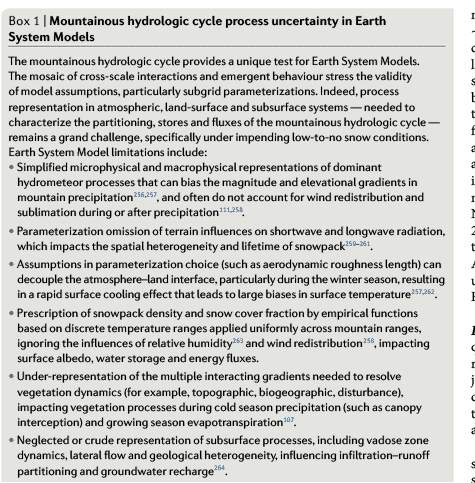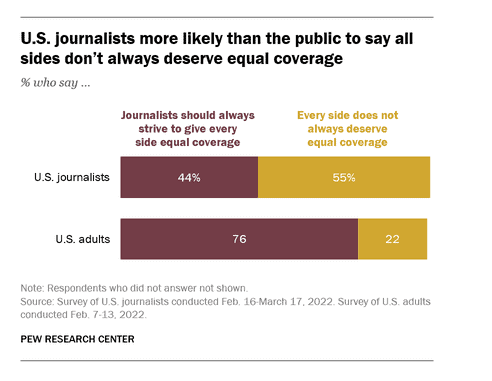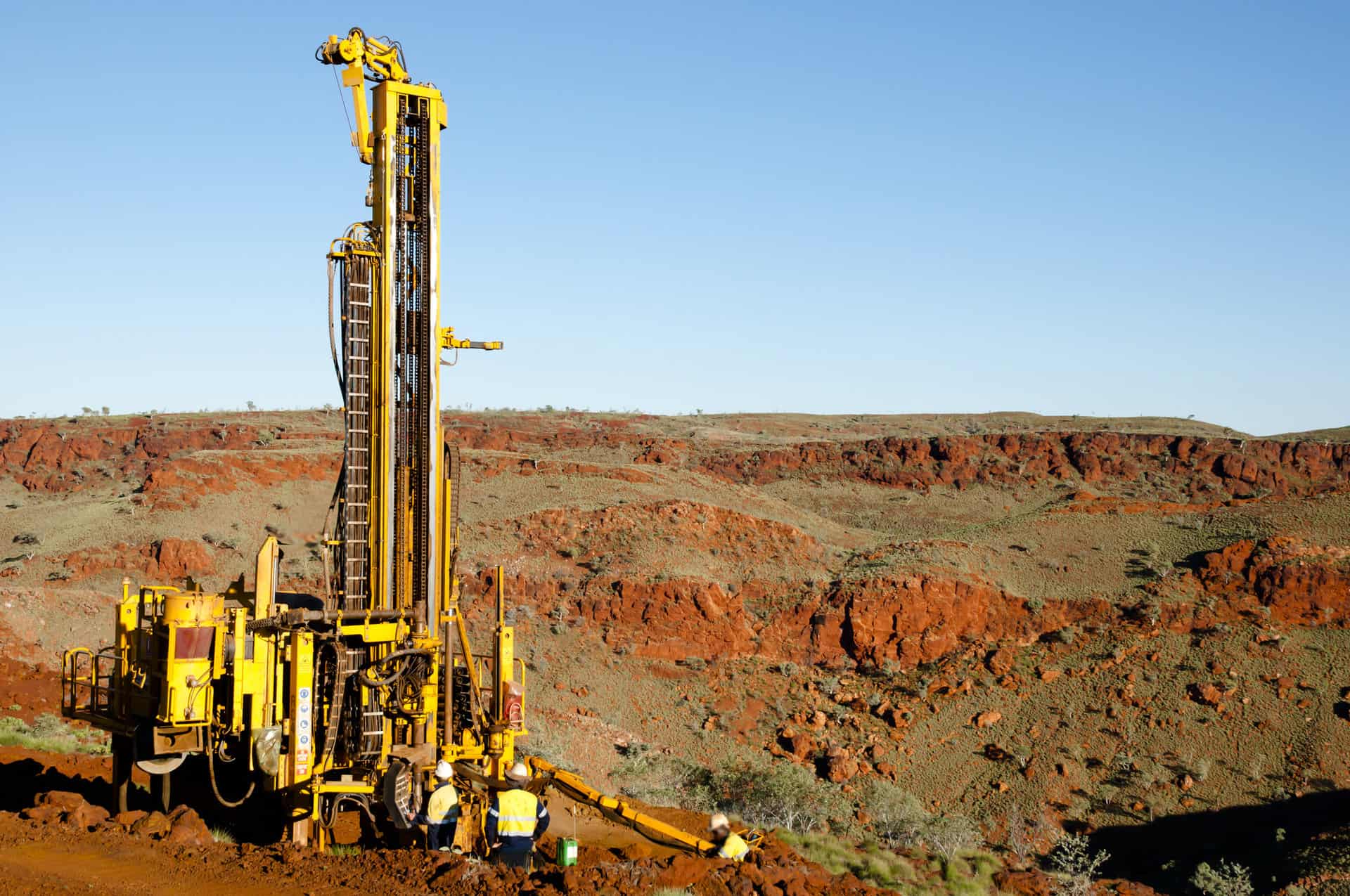
I was surprised by the intensity of the discussion around the wildfire post. I don’t think we’re going to solve the “how dire is the climate situation and what is the best policy solution?” here in the humble TSW world. However, we can talk about what we know about, that is, forests.
First, there seemed to be a tendency to attack Cliff Maas’s views on bad meteorological luck being a component of what made wildfire smoke go to New York. I’d like to bring up two ideas here. One was the concept that a meteorologist doesn’t know about climate.
Are weather and climate related? Here’s what NASA says
“The difference between weather and climate is a measure of time. Weather is what conditions of the atmosphere are over a short period of time, and climate is how the atmosphere “behaves” over relatively long periods of time.”
NOAA has a page about it as part of the National Centers for Environmental Information. (If the USG ever needs to save money, they might want to look at duplication of efforts among agencies in the climate/environmental arena).
Though they are closely related, weather and climate aren’t the same thing. Climate is what you expect. Weather is what actually happens.
Let me invoke Friedman’s Law of Disciplinary Symmetry, which states, “if two or more disciplines are necessary to understand a phenomenon, then neither can be invoked as the sole source of scientific authority or knowledge on that phenomenon.”
This is equally true for wildfires. We can imagine that meteorology, the different fire sciences, plant scientists (what plants are there in what complexes and fuel conditions?) plus practitioners should all be involved in discussions of both “why did this happen?” and “what will happen in the future” .
*********************
The Climate-Model Burger
I developed the Climate Burger analogy trying to explain to people how climate models work, and why some people (including me) are skeptical of some of the confidence placed in them for real-world predictions (not research use). I’d like to have an analogy that incorporates the linear process, so if you can think of one, please post in the comments. Also if you have questions or clarifications. It’s pretty simplified.
When people talk about climate modelling, they tend to talk about the whole burger. But it’s really composed of three layers. First there’s the
bottom bun.
Those are the assumptions that go in to projecting future CO2 levels, land use, and other factors that go into the meat layer. This includes economic models and various combos of assumptions. Some of us are leery of economic models, and economists themselves tend to be humble about projections. I think this is the point where some skeptics leave the discussion especially older folks from different fields. Back in the old days, you couldn’t be more certain of a projection than the uncertainties within each variable you used to estimate it. (There are mathematical ways of stating this from statistics that engineers and others learn). When people talk about RCP 4.5 or 8.5 or whatever, they are talking about the assumptions in the bottom bun.
The meat
This takes the CO2 and other variables from the bottom bun and runs them through atmospheric models, which tell us things like future global temperatures. This is the true realm of climate modeling, and most of the people we think of as “real climate scientists” work in this arena.
I honestly have no clue about the atmospheric physics assumptions. I do know that I once asked if modellers did sensitivity analysis on the assumptions (in a meeting at the Temple of Modeling, NCAR in Boulder) and the scientist we spoke with said it was too complicated to do that..that there wasn’t enough computing power available. Perhaps that’s not true or has changed.
The top bun
The top bun then takes those outputs and translates them into impacts. But there are at least two serious problems with the way this is done.
1. Impacts to plants and hence to animals, and to fuel conditions, are actually a function of microscale changes (imagine a tree on a north slope versus a south slope- in the same climate, those are very different micro-environments as perceived by trees- hence in Colorado we can see different species on each aspect). We don’t really understand (1) the environment as a tree perceives it (2) how that might change (3) how much plasticity an organism has to changes (4) how those changes would influence predators, diseases, mycorrhizal associations and their interaction (4) conditions for establishment of seedlings (5) genetic variability of seedlings and so on.
(Note: I’ll point out here that some people feel that you don’t need to understand those things to understand the broader picture- that’s a philosophy of science question we can discuss at greater length.)
2. Impacts are also a function of human beings.. the very same human beings who were working with the environment prior to climate change projections. So.. people can plant trees. People can fight wildfire with different suppression strategies. People can and do develop new firefighting technologies. But these are not possible to enter into models. So.. most impacts don’t consider “adaptation” at all. Like projecting wildfires without fire suppression; or going backward in time. Modeling fuels of the past, but not changes in suppression strategies and technologies. Or in agriculture, the existence of plant breeders or switching
To me, where “the emperor has no clothes” is in the top bun. Yes, the assumptions in the bottom bun are probably not very accurate either. One of my unpopular ideas is to away with them and just talk about potential future concentrations. Then policy makers could talk about different ways to get to the desired concentrations with all their possibilities and imaginations open.. without the sidebars and assumptions of the RCP’s. I think that would clarify discussions greatly and make the trade-offs clearer.
Clearly, the top bun as it is today privileges certain sources of information (biophysical modeling) over other scientific disciplines (fire scientists, practitioners, meteorologists, agronomists, forest ecologists, social scientists and so on) not to speak of practitioners (water managers, fire suppression folks and so on). I’m not the only person who thinks this.. there’s quite a list of disgruntled disciplines and practitioners, if you listen.
But don’t believe me! Here’s some earth scientists saying some of the same things in Earth Science-ese

Note that the concept of Siirila-Woodburn et al. paper in Nature Reviews was to characterize uncertainty and suggest ways of dealing with it.
And from the same paper:
Making science usable for decision- making requires strong trust between the parties 245. This trust often develops over deliberate, long- term collaboration 246, with mutual understanding of the science, models and tools being discussed and demonstration of the credibility, saliency and legitimacy of the new approach(es) 247. Institutional, technical and financial capacity to implement these approaches must also be overcome 233. Scientists must also recognize that practitioners are often directly responsible, sometimes even personally liable, for the outcomes of decisions made, which makes them hesitant in the application of new climate science 236, especially if perceived as not fitting with existing knowledge or policy goals 233,248.A path forward can be made by including Earth scientists, infrastructure experts, decision scientists, water management practitioners and community stakeholders, in a collaborative, iterative process of scientific knowledge creation through a co- production framework 41,42,249,250. This process helps to ensure that new science is suited to challenges at hand and can provide meaningful input into decision- making processes.
And..
Thus, at the same time that science evolves to increase predictive understanding of the mechanisms of hydroclimatic change, management practice must evolve to accommodate uncertainty regarding the changing patterns of current and future hydrologic variability. Developing a robust strategy and selecting investment options that balance competing societal objectives and multisectoral interactions (such as the interaction among water and energy 186 or water and carbon 207 reduction goals) requires new approaches to integrate water resource planning. Frameworks and planning methods for decision- making under deep uncertainty that acknowledge and accommodate imperfect knowledge regarding the probabilistic range of possible future conditions such as decision scaling 241, robust decision- making, dynamic adaptation pathways 242 and scenario planning can identify scientifically informed adaptive strategies that leverage best available science without overstating its confidence 243.
But back to the Climate-Model Burger..what do you think of this analogy? How could it be improved?





